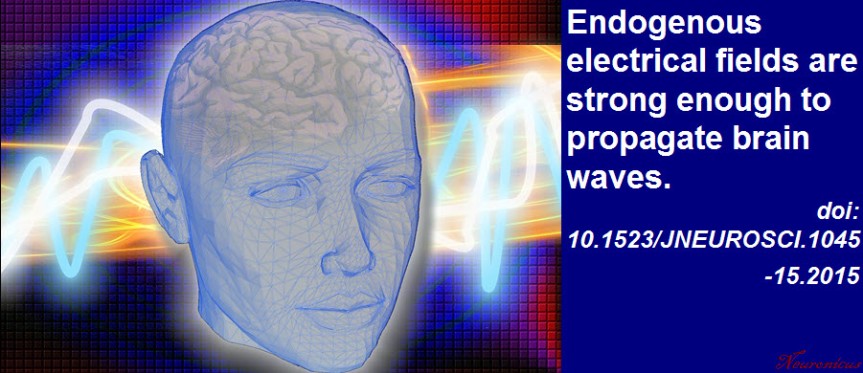 Every neuroscience or biology textbook will tell you that neurons communicate with one another in two ways: via chemical synapses (one neuron releases some substances that change the membrane potential of the receiving neuron) or via electrical synapses (neurons physically share some membrane proteins that allows the electrical impulse to go from one neuron to another). (Nota bene: for the taxonomic nitpickers, I decided that the other non-conventional forms of communication, like diffusion, fall in one or the other of the two categories above).
Every neuroscience or biology textbook will tell you that neurons communicate with one another in two ways: via chemical synapses (one neuron releases some substances that change the membrane potential of the receiving neuron) or via electrical synapses (neurons physically share some membrane proteins that allows the electrical impulse to go from one neuron to another). (Nota bene: for the taxonomic nitpickers, I decided that the other non-conventional forms of communication, like diffusion, fall in one or the other of the two categories above).
Now Qiu et al. (2015) have some evidence that there may be another way of neuronal chatting. Long ago (in 1924), Hans Berger observed that neurons have rhythmic and spontaneous electrical activity. The rhythmic activity of an entire population of neurons is called a wave and can be detected with rudimentary tools such as EEG. Qiu et al. reasoned that the speed of such a traveling wave is too slow to be explained by conventional neuronal communication (of which we know quite a lot).
So the researchers ran some computer simulations to test if diffuse electrical fields can explain the speed of a wave, instead of the conventional fast communications. In other words, can local, weak, slow endogenous fields sweep the brain by recruiting nearby neurons? The computer simulations said it is possible, with a very slow speed of 10 cm/s.
Then they recorded the electrical activity of mouse hippocampus isolated in a Petri dish. When the researchers blocked the electrical field there was a decrease in the speed of the wave, meaning the field is required for the wave speed observed.
To be fair, this is not a new idea; even in the early eighties these fields were suggested, because the wave persisted even when the other two ways of communicating have been blocked. And in the early noughts it was shown that a neural network is much more sensitive to electrical field manipulation than individual neurons. What makes this paper interesting is that the authors show that the endogenous electrical fields are not too weak to underlie the wave, as previously thought. The work has implications for the study of epilepsy, sleep, and memory.
Reference: Qiu C, Shivacharan RS, Zhang M, & Durand DM (2 December 2015). Can Neural Activity Propagate by Endogenous Electrical Field?, Journal of Neuroscience, 35(48): 15800-15811; doi: 10.1523/JNEUROSCI.1045-15.2015 Article | Full Text via Research Gate | ScienceAlert cover
By Neuronicus, 11 February 2016

